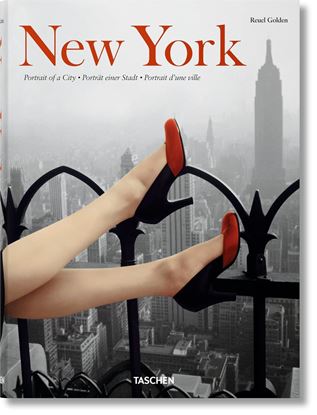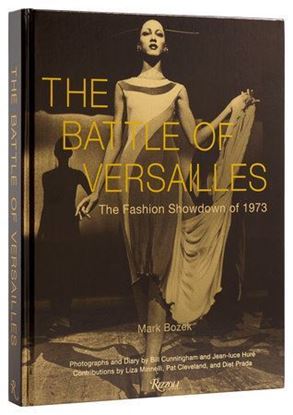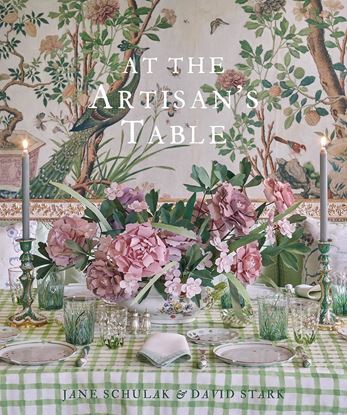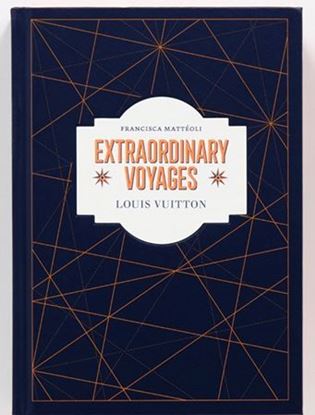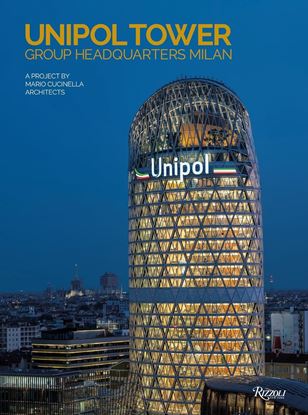

NEW YORK, PORTRAIT OF A CITY
This book presents the epic story of New York on nearly 600 pages of emotional, atmospheric photographs, from the mid-19th century to the present day. Supplementing this treasure trove of images are over a hundred quotations and references from relevant books, movies, shows, and songs. The city’s fluctuating fortunes are all represented, from the wild nights of the Jazz Age and the hedonistic disco era, to the grim days of the Depression and the devastation of 9/11 and its aftermath, as its brokenhearted but unbowed citizens picked up the pieces.
New York’s remarkable rise, reinvention, and growth are not just the tale of a city, but the story of a nation, From the building of the Brooklyn Bridge to the immigrants arriving at Ellis Island; from the slums of the Lower East Side to the magnificent art deco skyscrapers. The urban beach of Coney Island and the sleaze of Times Square; the vistas of Central Park and the crowds on Fifth Avenue. The streets, the sidewalks, the chaos, the energy, the ethnic diversity, the culture, the fashion, the architecture, the anger, and the complexity of the city are all laid out in this beautiful book. This is the greatest city in the world after all and great are its extremes, contradictions, and attitude.
4,995
PAMELLA ROLAND
No Hollywood red carpet is ever without an A-list celebrity wearing one of Pamella Roland’s signature megawatt dresses that never fail to catch the light of a camera. Since the American fashion designer’s debut eveningwear couture collection at New York Fashion Week in 2002, Roland has been a perennial favorite for women and celebrities alike who aren’t afraid of being in the spotlight.
Each page of this dazzling debut book features the opulent, sophisticated, and undeniably feminine cocktail dresses, evening gowns, and luxurious women’s resort wear that have made Roland a mainstay in the closets of everyone from Hollywood starlets to customers outside the fashion centers of New York and Los Angeles. Colorful, eye-catching photographs reveal Roland’s design process and creation of her gowns, including sketches, inspirational reference material, snapshots of memorable runway and red-carpet moments, and the debut of her new fragrance. Featured in the book are many of Roland’s devoted friends and clients including Vanessa Williams, Paris Hilton, Mindy Kaling, Kim Cattrall, Debra Messing, Chrissy Teigen, Gigi Hadid, Halle Berry, Rosie Perez, and Eva Longoria, among others. A tribute to the bedazzled, embroidered, and glitzy dresses worn by Hollywood elite, New York socialites, and women across the globe—this volume is a beautiful addition to the libraries of fashion, design, and style lovers.
4,995
THE BATTLE OF VERSAILLE
The first illustrated book to chronicle the dramatic 1973 face-off between French and American fashion designers, which left an indelible mark on the fashion industry, launched American designers as a global force, and challenged the cultural norms of the time.
Images from the archives of renowned fashion photojournalists Bill Cunningham and Jean-luce Huré—largely unseen until now—capture the behind-the-scenes drama, fabulous clothing, iconic models, and glamorous guests at this historic show.
4,995
AT THE ARTISANS TABLE INSPIRATION
Throughout history, tabletop decoration has been at the nexus of utilitarian function and innovative design. In At the Artisan’s Table, designers and event producers Jane Schulak and David Stark pair historical table wares from the world’s finest design museums with pieces by an international array of contemporary artisans who reinterpret traditional crafts and styles, including Aptware (marbled clay), blue-and-white Delft, chinoiserie, faux bois, plaster, splatterware, and trompe l’oeil.
Each chapter features a museum object that serves as a muse; the work and studio of the artist who has updated the traditional craft; and gorgeous table settings designed by Schulak and Stark that incorporate the artist’s handmade wares and provide inspiration for everyone who has ever wished to wow their dinner guests.
4,995
LOUIS VUITTON. EXTRAORDINARY VOYAGES
The mid-19th and early 20th centuries heralded new means of transport and equipment and, with them, new and original ways of exploring the world. Transatlantic liners, automobiles, long-haul airplanes, zeppelins, and express trains unfurled new horizons and changed travel itself into an adventure. Distant lands were no longer solely accessible to aristocrats, explorers, and adventurers. Instead, the world opened up to new groups of people eager to circumvent the globe. And for many of these new globetrotters, traveling was synonymous with Louis Vuitton, the French label whose iconic and functional luggage trunks could be found on nearly every boat, plane, car, and train around the world.
In this beautiful book, author Francisca Mattéoli recounts 50 tales of thrilling travel undertaken in every possible mode of transit, from the hot air balloon to the space shuttle, each lavishly illustrated with more than 300 historical photographs and ephemera from Louis Vuitton’s official archives. Louis Vuitton: Extraordinary Voyages is a journey all its own—an evocative and transporting account of the most surprising and transformative trips taken since the 19th century.
4,995
UNIPOL TOWER. GROUP HEADQUARTERS MILAN
A new tower stands out against the city skyline: the Unipol Tower designed by Mario Cucinella Architects, an internationally renowned architecture studio based in Milan and Bologna. The Unipol Tower is a 124-meter elliptical tower in the Porta Nuova area, in the heart of the city. Made from glass and steel, it has a glasshouse on the rooftop serving as a cultural venue. Commissioned by Unipol, the leading Italian insurance company, the tower looks beyond the corporate identity and headquarters of Unipol and has been acclaimed as one of the most advanced architecture projects ever created.
4,995


